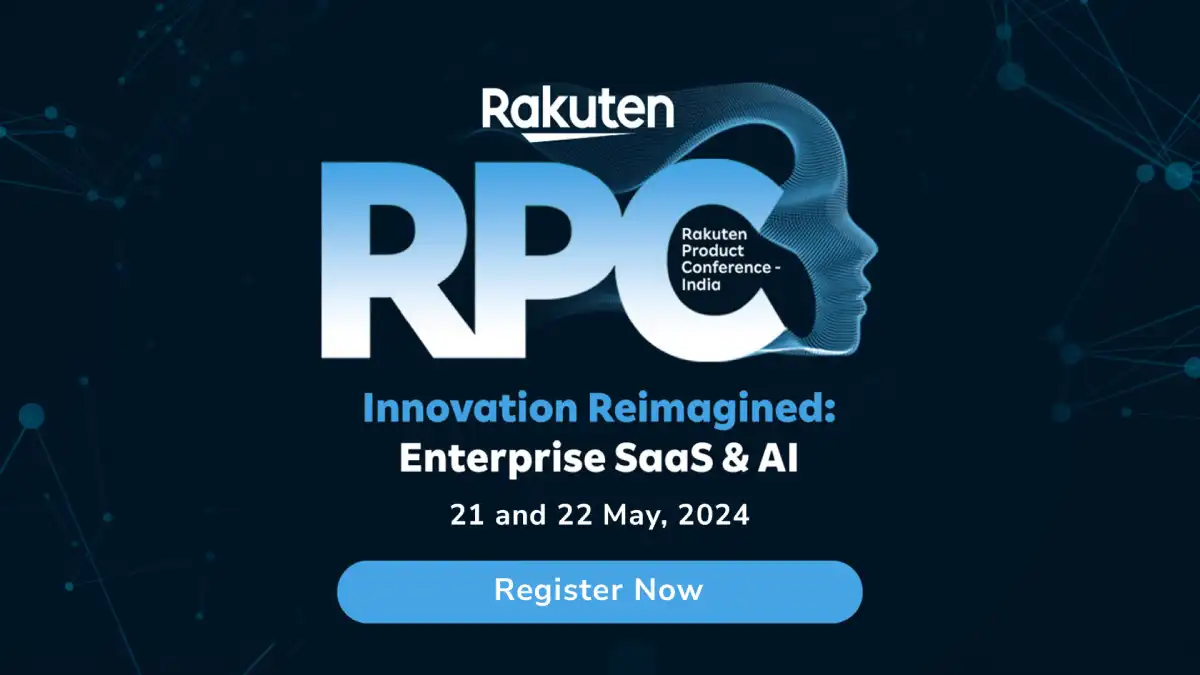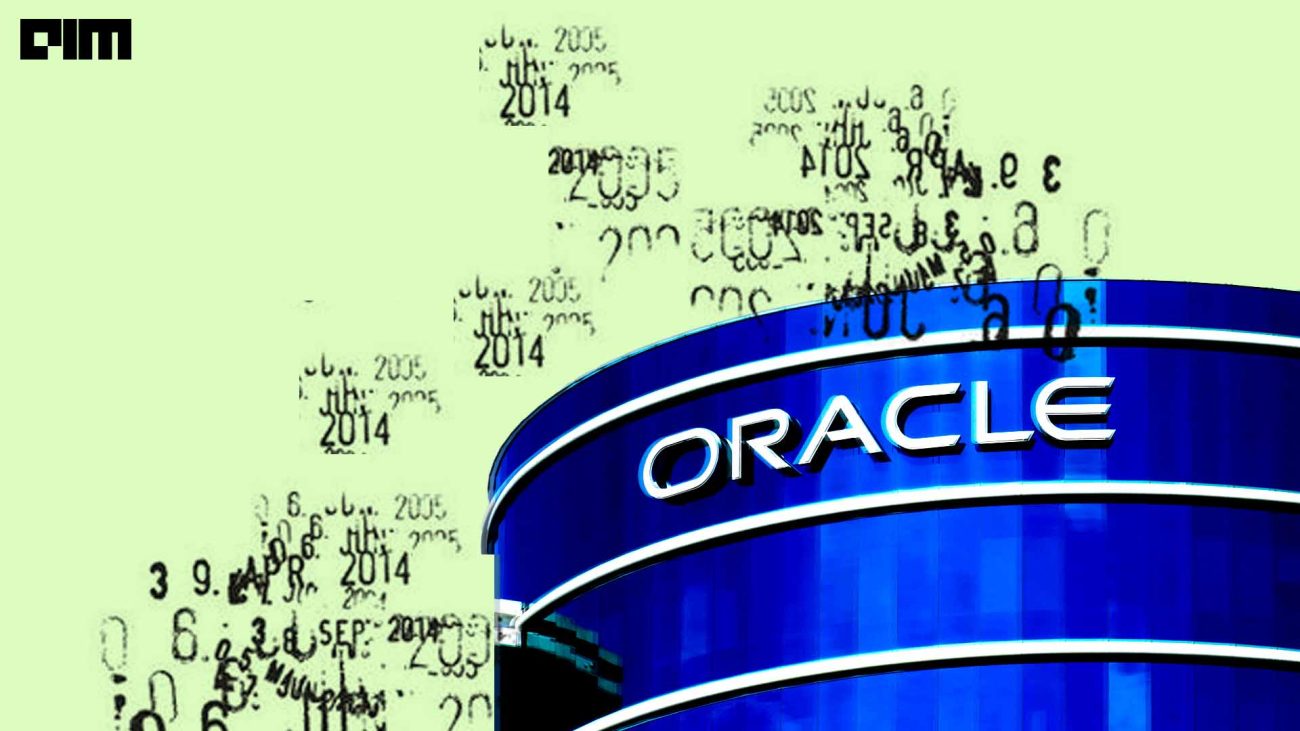Natural Language Processing (NLP) has been around for some time now. There are many benefits of NLP as it is used in almost all fields quite immensely. But it is empty without Deep Learning, as deep learning has contributed a lot in NLP and with both of them implemented as one, they have done some marvels.
In this article, I will tell you what those implementations are and how they benefit us. In short, I will give you the best practices of Deep Learning in NLP.
Let’s Dive in!
- Part of Speech tagging
Part of Speech tagging (POS tagging) has multiple uses such as extracting information from audio, conversation of text to speech, translation, etc. It is a very productive way of extracting information from someone’s voice.
When the work on POS tagging started, a recurrent neural network with part of speech tagging capabilities was presented and it was tested for the first time on the Wall Street Journal Data from Pen Treebank the 3rd. After the results came in, it shocked a lot of people as it achieved a performance of 97.40% accuracy in tagging data.
A perfect example of POS tagging is “Shazam”; a modern day mobile app that a lot of us have used to identify songs. It is a very popular app that uses POS tagging and obtains the song that you are listening to.
- Speech Recognition
Speech recognition is by far the best development in natural language processing in my opinion. In speech recognition, a person gives command to the system. The system identifies the person’s voice, deciphers it into alphabets and words, processes the commands given to it and then executes them.
The easiest way to take advantage of speech recognition is by holding your mobile close to yourself and just saying “OK Google” or “Hey Siri”. As soon as your voice reaches the phone, a virtual assistant comes up and you can tell him what to do and he will process your voice and after he is done processing, he will continue to do the task you have told him to do and it’s all done in a matter of seconds.
Who would have thought about it 5 decades ago?
- Spell Checking
In the past, there was a person in almost all legal organizations whose job was to check if there were any grammatical mistakes in the writing. Now this job is done by spell checking tools that are incorporated by artificial neural networks. When you write some text in any text editor, it starts checking for grammatical mistakes. If there are any spelling mistakes, the editor will automatically highlight them. Not only this, but it also gives you suggestions about more accurate words that you can write instead.
Most of the text editors like Microsoft Word and Google Docs allow the users to check for any misspelled words using real time spell checking tools.
- Question Answering
Question answering techniques have been a part of Humanity since the start. In the past, people used to ask questions in their native language but wouldn’t get the appropriate answers for them because of the difference in language. Nowadays, there are question answering systems that answer the user’s questions using artificial neural networks and a knowledge base.
When the system is asked a question, it uses the knowledge base to search for the answers and furthermore shortens the search by simplifying the difference of language. It also applies a deep convolutional network model and an entity matching system that puts together the questions and declares their answers.
Suppose you have a question and you want an immediate answer. You will go to some online question answering websites such as Quora or Stack Overflow and type your question. After you have done that, you will wait until someone reads your question, sends it to the right person, the right person answers your question and after that he posts it. Even then, it might not be the right answer.
On the other hand, if a question answering system is implemented on some website, as soon as you write the question, the system will automatically search for the right answer and post it in no time.
Wouldn’t that be effective?
- Natural Language Generation
Natural language generation is a software that converts different types of anatomical data and converts it into natural language. Natural language generation has a number of uses which consist of report writing, identifying text from different pictures and converting it into a text file, generating short segments of text in a conversational manner and even creating jokes.
Natural language generation has been in practice for a long time but the trend of using it commercially is rather new. Some very popular apps like Adobe Scan and Microsoft Office Lens totally rely on natural language generation.
- Named Entity Recognition
Named entity recognition (NER) is used to categorize names such as Mercedes, George Bush, Eiffel Tower, etc. into different predefined groups such as persons, places, companies and so on. Many named entity recognition software are created and all of them use artificial neural networks.
NER is used by many fields in natural language processing. NER can answer the following exemplary questions:
- How many tweets are there with the name John in them?
- How many times Microsoft was mentioned in some article?
- How many models of BMW were mentioned in the Blog?
- Text Classification
Text Classification resembles the method of assigning tags to different types of text relevant to its content using artificial neural networks.
There are several approaches to text classification, which can be categorized into three different types of systems:
- Rule based systems
- Machine Learning based systems
- Hybrid systems
Text Classification plays an important part in many applications such as web searching, content refining, spam detection, intent detection, data management and sentiment detection.
Conclusion
So, that brings us to the end of the article. This article was all about learning how artificial neural networks contribute to natural language processing from the ground up. I hope that I have removed your doubts about the best practices of Deep Learning for NLP.













































































